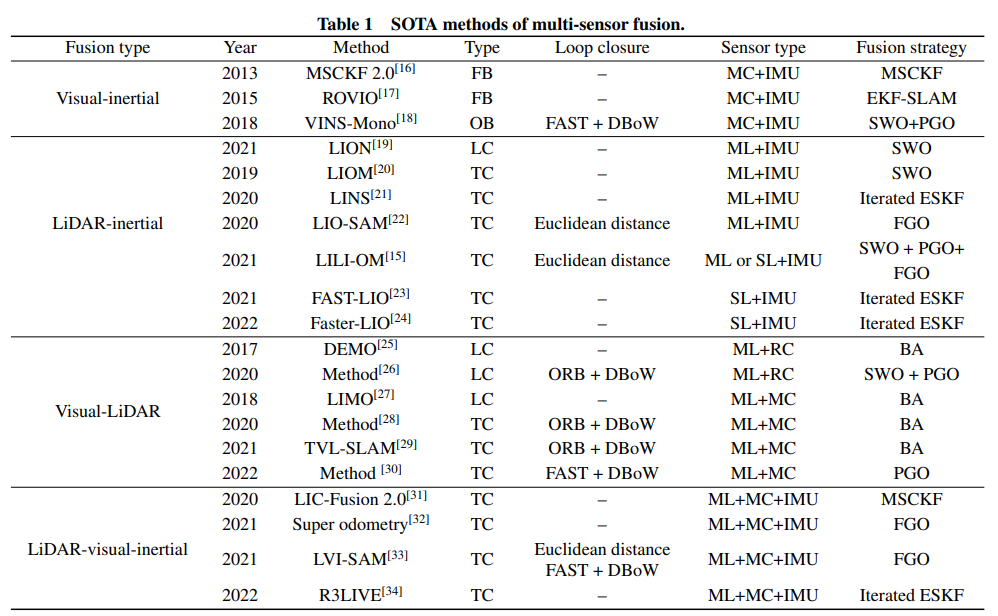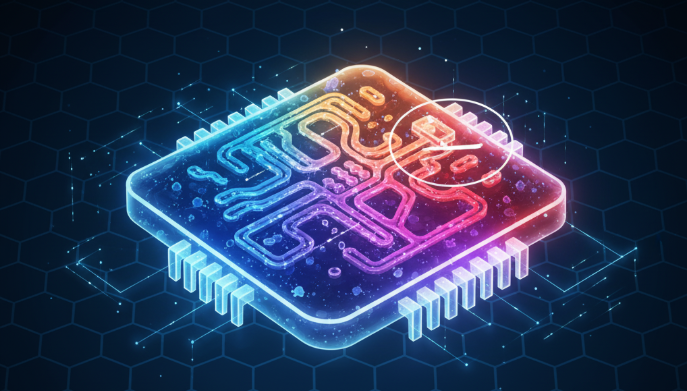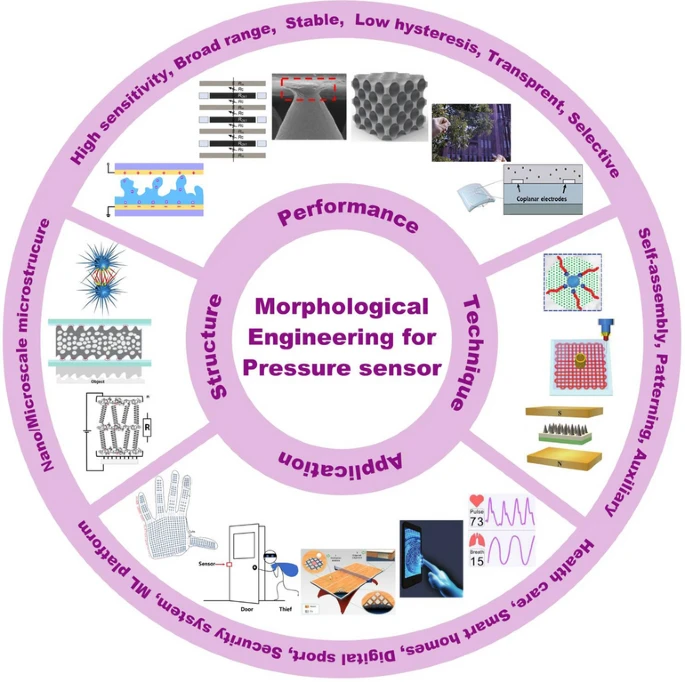Advancements in artificial intelligence rely heavily on large-scale neural networks and high computational power, driving breakthroughs but also revealing challenges like high energy consumption, latency, and limited generalization. Neuromorphic computing, inspired by the human brain¡¯s efficiency, offers a new approach to address these issues.
Neuromorphic Computing Principles
Unlike traditional deep learning, which uses continuous signal processing and centralized training, neuromorphic systems mimic the brain¡¯s structure and function. Key differences include:
- Computation Model: Spiking neural networks (SNNs) use discrete pulses, encoding information via timing rather than constant amplitude, mimicking biological neurons.
- Perception: Event-driven sensors, like dynamic vision sensors (DVS), output data only when changes occur, reducing redundancy and enabling low-latency, low-power processing.
- Energy Efficiency: Compute-in-memory architectures and parallel processing minimize data movement, overcoming von Neumann bottlenecks. For example, Intel¡¯s Hala Point system supports 11.5 billion neurons with just 2600 watts.
- Self-Learning: Neuromorphic systems use local learning rules, such as spike-timing-dependent plasticity (STDP), enabling adaptive, online learning without costly global gradient computations.
Applications in Human-Machine Interaction
The rise of large-screen devices and immersive displays highlights the need for intuitive interaction. Traditional AI struggles with high computational demands and latency in cost-sensitive, low-power environments. Neuromorphic technology, with its efficiency and responsiveness, is well-suited for such scenarios.
A notable development is the UAim spatial positioning module, which leverages neuromorphic principles to enhance human-machine interaction by providing advanced perceptual capabilities.
Future Potential
Neuromorphic computing represents a systemic shift, redefining AI through event-driven processing, spiking encoding, and adaptive learning. Its applications span wearables, autonomous vehicles, and industrial automation, where low power and high robustness are critical. Ongoing efforts focus on integrating these technologies into diverse, real-world scenarios to drive innovation.
 ALLPCB
ALLPCB






